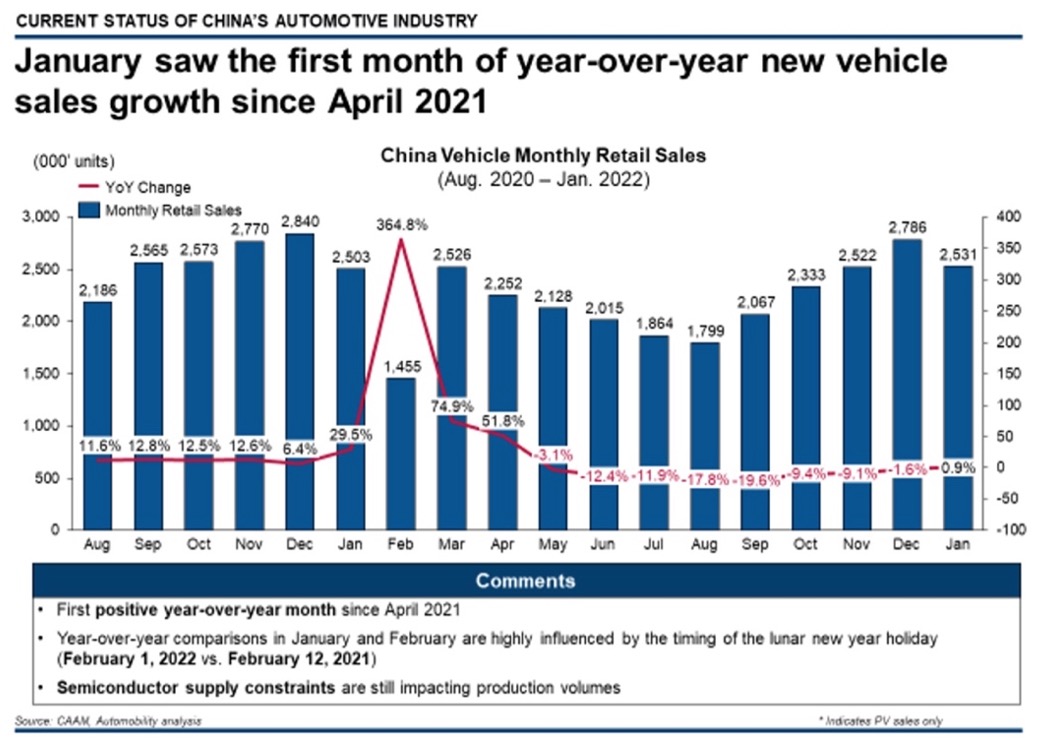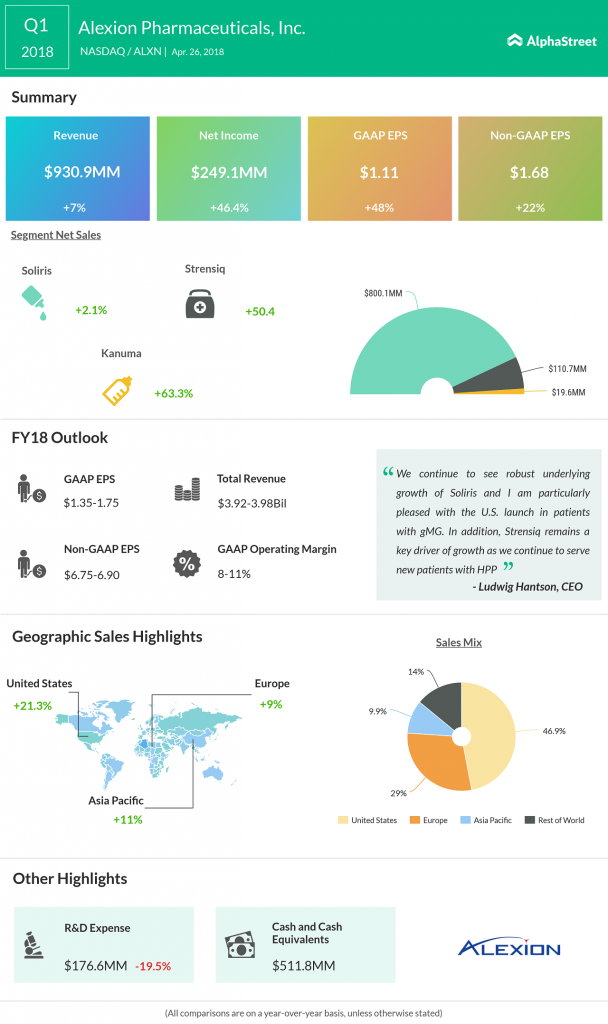Analyzing The China Market: Challenges For BMW, Porsche, And Other Automakers

Table of Contents
Intense Competition from Domestic Brands
Chinese automakers are rapidly improving their technology and brand image, offering competitive pricing and features that directly impact the market share of established international players. This escalating competition is a major hurdle for foreign automakers seeking a piece of the lucrative Chinese pie.
- Rise of strong domestic brands like BYD, Nio, and Xpeng: These companies are not only producing high-quality vehicles but are also rapidly innovating in areas like electric vehicles (EVs) and autonomous driving technology. Their aggressive marketing campaigns and strong online presence are further eroding the market share of traditional players.
- Aggressive pricing strategies from local manufacturers: Domestic brands often offer comparable features at significantly lower price points, appealing to price-sensitive consumers. This competitive pricing makes it difficult for luxury brands to maintain their premium positioning.
- Increasing consumer preference for domestically produced vehicles: A growing sense of national pride and trust in homegrown brands is driving consumer preference toward Chinese-made vehicles. This shift in sentiment necessitates a strategic reassessment by international brands.
- Focus on electric vehicles (EVs) and technological advancements by Chinese brands: China's commitment to EV adoption is pushing domestic manufacturers to rapidly advance their EV technology. This focus is making it harder for foreign brands that are slower to adapt to compete effectively in this rapidly growing segment.
Navigating Complex Regulatory Landscape
China's automotive industry is heavily regulated, demanding significant compliance efforts and potentially impacting profitability. Understanding and adapting to this regulatory framework is crucial for success.
- Stringent emission standards and environmental regulations: China's commitment to reducing carbon emissions has resulted in increasingly stringent emission standards, requiring significant investment in cleaner technologies. This places considerable pressure on automakers to develop and adapt vehicles to meet these standards.
- Complex import tariffs and trade policies: Navigating import tariffs and other trade policies can be challenging and expensive, impacting the final price of imported vehicles and making them less competitive.
- Bureaucratic hurdles and lengthy approval processes: The process of gaining approvals for new models and technologies can be lengthy and complex, delaying market entry and potentially missing crucial market windows.
- Adapting to evolving safety and technological regulations: China's regulatory landscape is constantly evolving, necessitating ongoing monitoring and adaptation to ensure continued compliance and avoid costly penalties.
Understanding Unique Consumer Preferences
Chinese consumers have distinct preferences and buying habits compared to other markets, requiring tailored marketing and product strategies. Understanding these nuances is vital for success.
- Emphasis on technological features and connectivity: Chinese consumers highly value technologically advanced features, particularly connectivity and infotainment systems. Vehicles lacking these features are at a significant disadvantage.
- Growing demand for electric and hybrid vehicles: The strong government push towards EVs has created significant consumer demand for these vehicles, a trend that international automakers must address.
- Preference for luxury brands but also value for money: While Chinese consumers appreciate luxury brands, they are also acutely aware of value for money. Offering a compelling balance between luxury and affordability is key.
- Influence of social media and online reviews on purchasing decisions: Social media and online reviews significantly impact purchasing decisions in China. Managing online reputation and building strong social media presence is crucial.
The Importance of Localization
Successfully operating in China necessitates adapting products, marketing, and sales strategies to suit the local market. This localization strategy is paramount.
- Developing localized marketing campaigns that resonate with Chinese culture: Marketing campaigns must be tailored to reflect local values, preferences, and cultural nuances. Generic campaigns are unlikely to succeed.
- Offering vehicle variants tailored to specific Chinese preferences: This includes customizing features, colors, and even vehicle dimensions to better align with local tastes.
- Establishing strong partnerships with local suppliers and distributors: Developing robust local partnerships simplifies logistics, reduces costs, and enhances market penetration.
- Investing in robust after-sales service networks across the country: A reliable after-sales service network is essential for building consumer trust and loyalty.
Economic and Geopolitical Factors
Macroeconomic conditions and geopolitical tensions significantly influence the automotive market in China. Staying abreast of these factors is crucial.
- Fluctuations in the Chinese economy impacting consumer spending: Economic downturns can directly impact consumer spending on luxury goods, including automobiles.
- Impact of US-China trade relations on the automotive industry: Geopolitical tensions and trade disputes can disrupt supply chains and impact the overall market stability.
- Potential risks related to political instability or regulatory changes: Unexpected political changes or regulatory shifts can create uncertainty and increase risk.
- Supply chain disruptions and their effect on production and distribution: Disruptions to global supply chains can lead to production delays and impact vehicle availability.
Conclusion
Analyzing the China market reveals substantial challenges for international automakers like BMW and Porsche. Intense competition from domestic brands, a complex regulatory environment, unique consumer preferences, and broader economic and geopolitical factors all necessitate careful strategic planning and adaptation. To succeed in this dynamic market, companies must prioritize localization, understand evolving consumer needs, and navigate the regulatory landscape effectively. Successful navigation of these challenges will be key to capturing a share of the lucrative but fiercely competitive Chinese automotive market. Continued analyzing the China market is crucial for long-term success.

Featured Posts
-
 Nepo Babies On Tv Examining Their Careers And Influence
Apr 26, 2025
Nepo Babies On Tv Examining Their Careers And Influence
Apr 26, 2025 -
 Chelsea Handler Netflix Special Trailer And Release Date Announced
Apr 26, 2025
Chelsea Handler Netflix Special Trailer And Release Date Announced
Apr 26, 2025 -
 Chinas Automotive Market Bmw Porsche And The Road Ahead
Apr 26, 2025
Chinas Automotive Market Bmw Porsche And The Road Ahead
Apr 26, 2025 -
 Abb Vies Upbeat Q Quarter Number Earnings Increased Profit Guidance And Strong Drug Sales
Apr 26, 2025
Abb Vies Upbeat Q Quarter Number Earnings Increased Profit Guidance And Strong Drug Sales
Apr 26, 2025 -
 Deion Sanders And Shedeur Sanders Espn Analyst Offers Fresh Perspective On Draft Prospects
Apr 26, 2025
Deion Sanders And Shedeur Sanders Espn Analyst Offers Fresh Perspective On Draft Prospects
Apr 26, 2025
